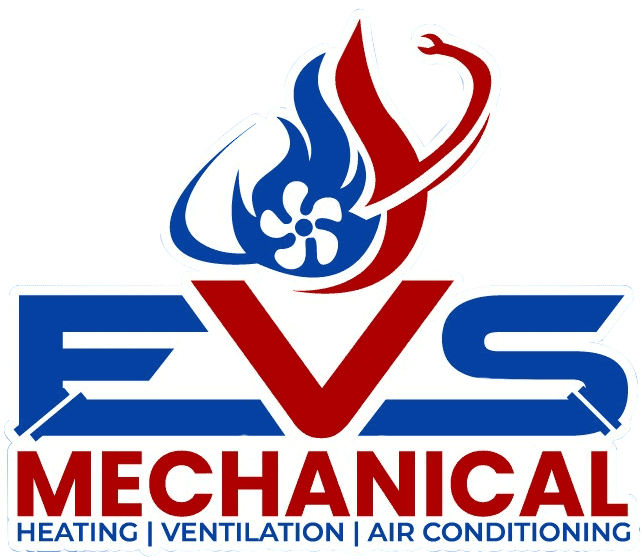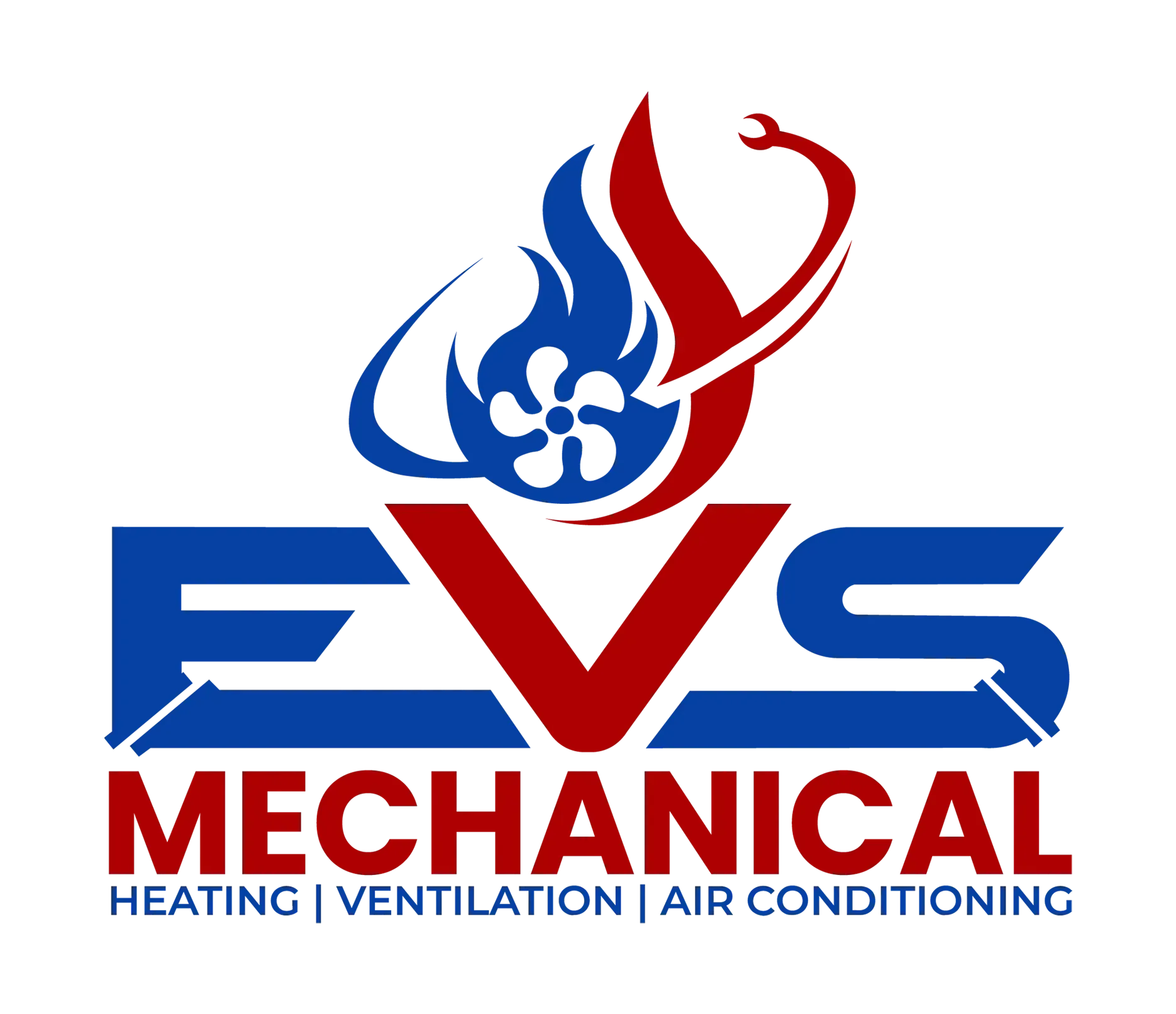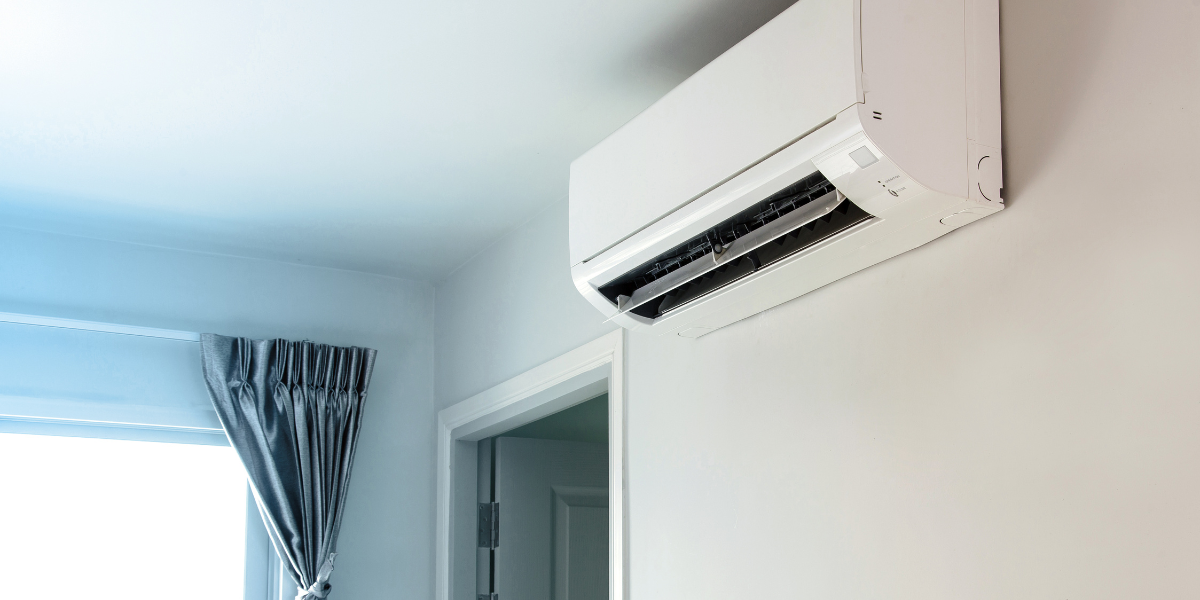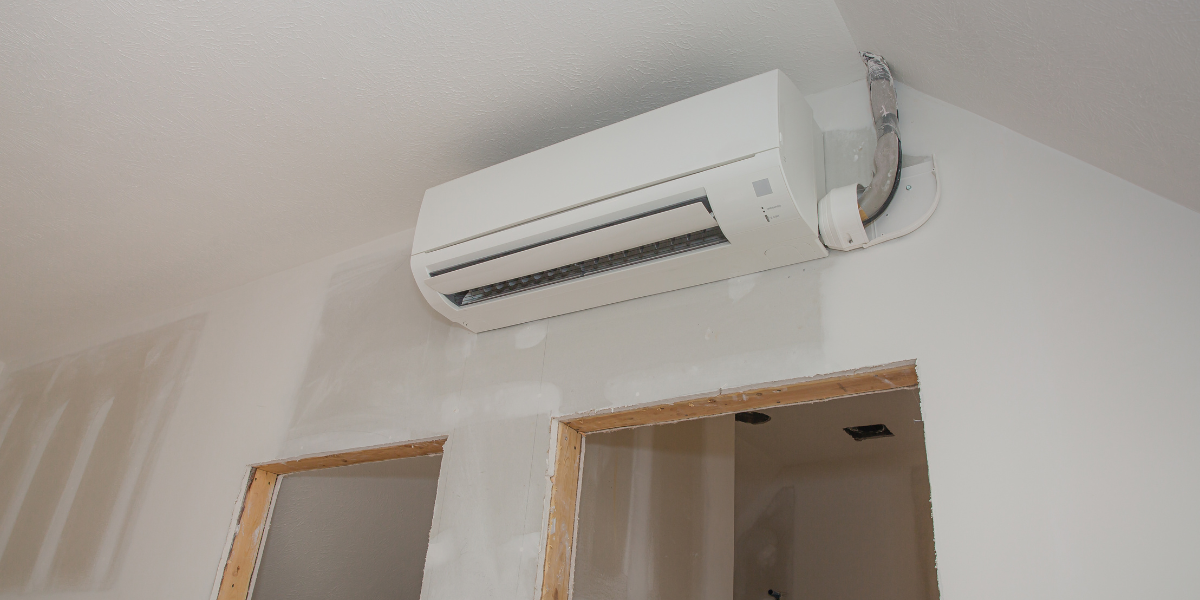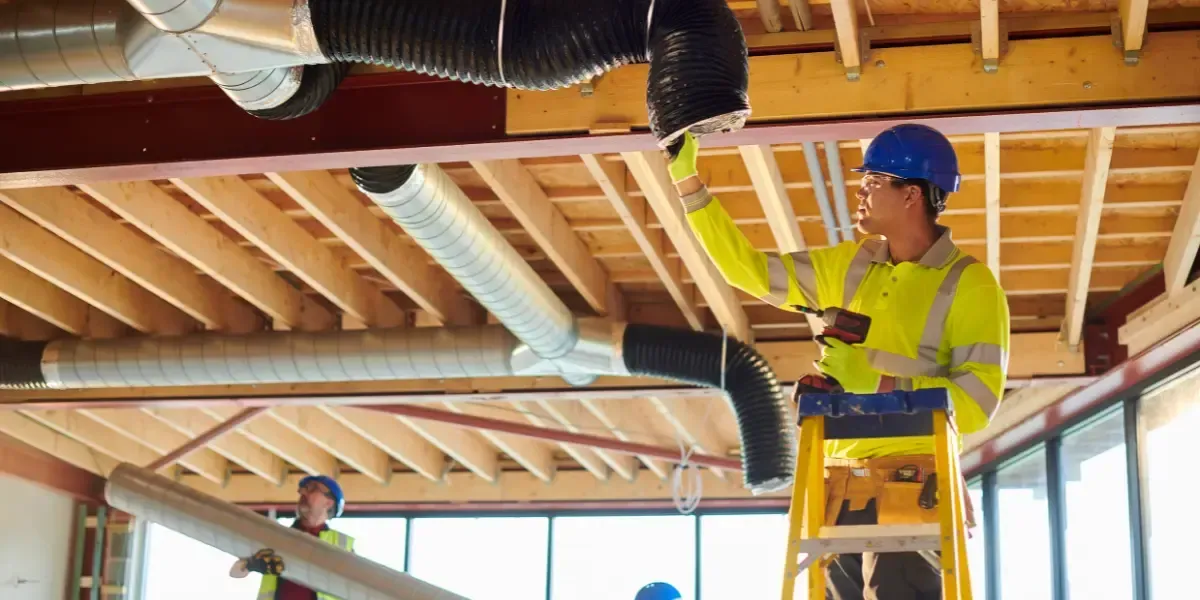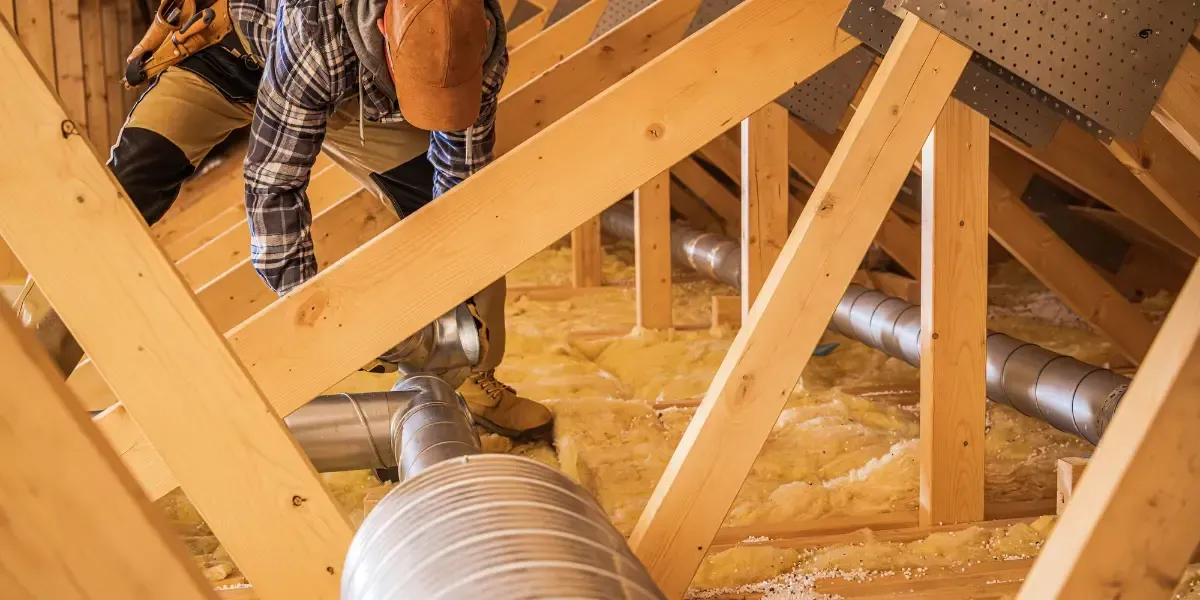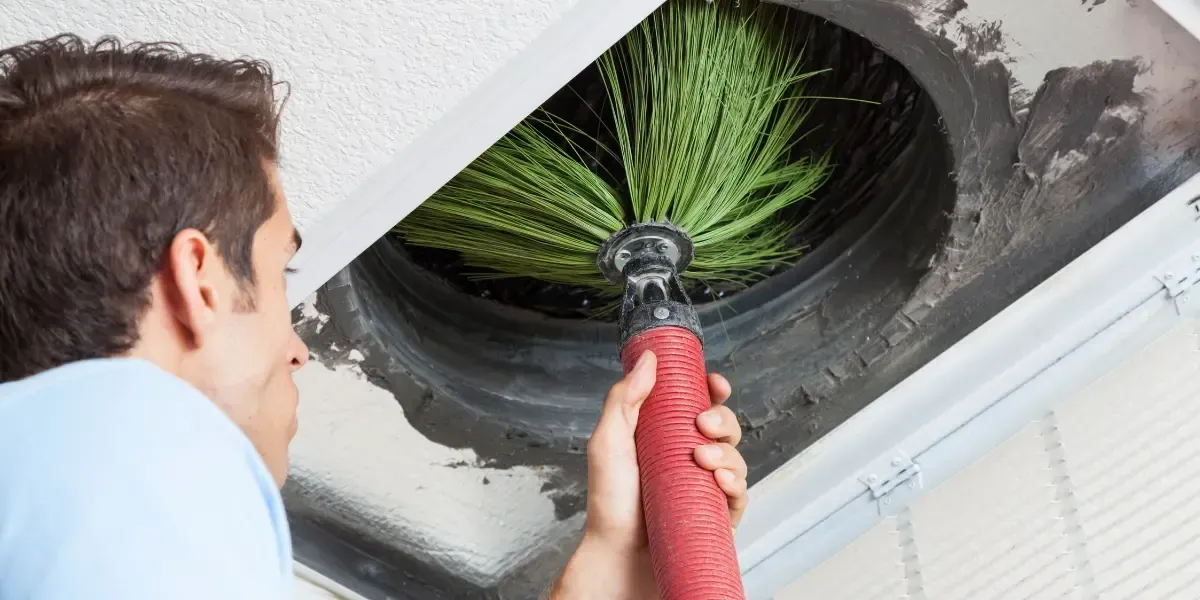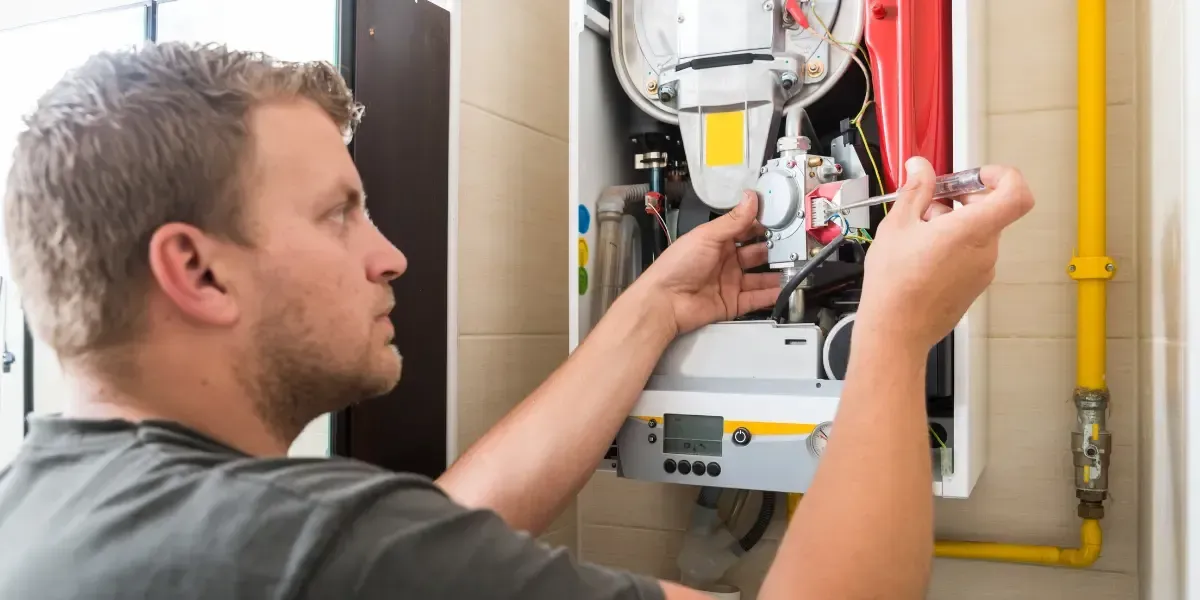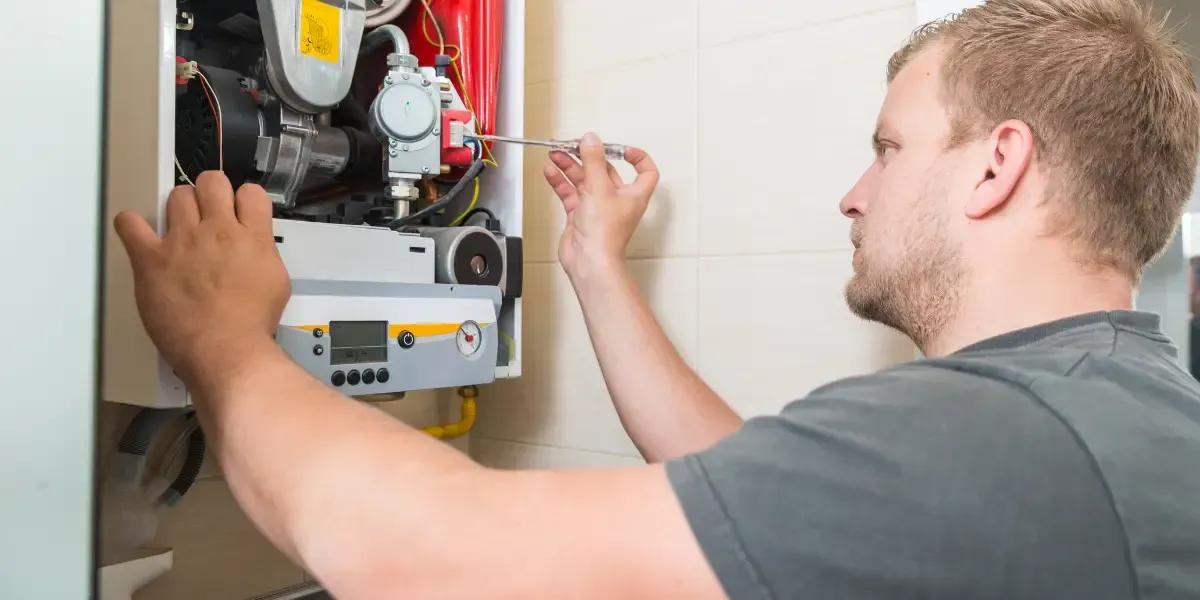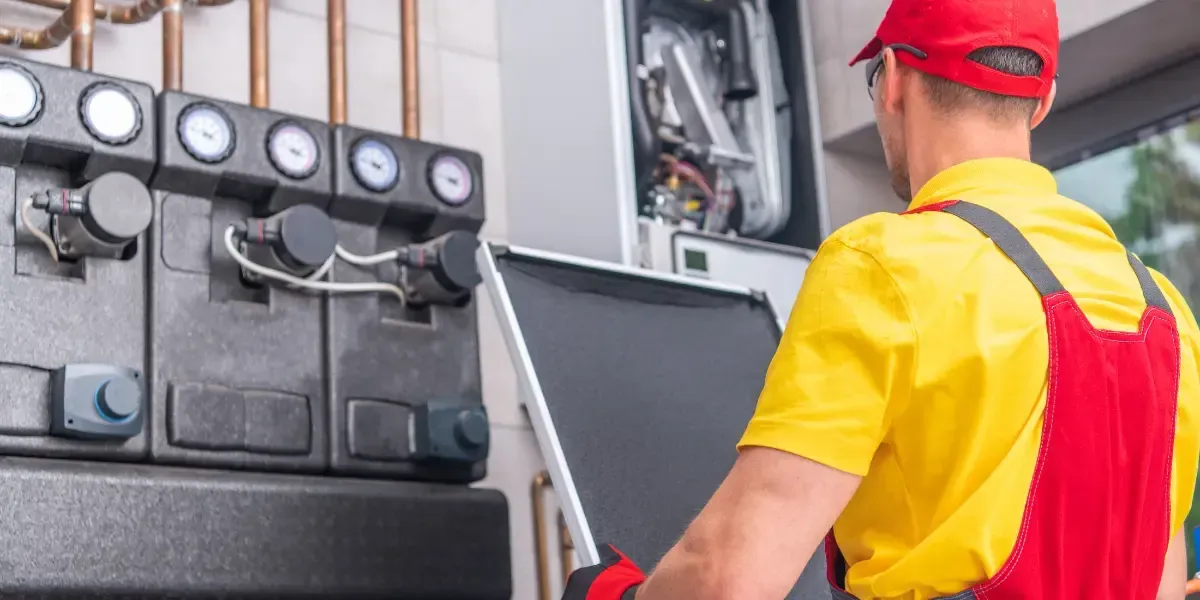BLOG
How to Install a Gas Furnace? Ultimate Guide
Installing a gas furnace can be an effective way to maintain warmth and comfort throughout your home during colder months. Although it’s a complex task, learning the installation process will help you understand how each step ensures the system’s functionality and safety.
Here, we’ll break down everything you need to know about
installing a gas furnace, from preparation to troubleshooting, in a clear, step-by-step manner.
Key Takeaways
- Proper location, permits, and ventilation are essential for safe and efficient gas furnace installation.
- Secure and seal ductwork, gas lines, and electrical wiring to ensure system performance and safety.
- Accurate furnace sizing prevents energy waste and ensures effective heating for your home.
- Testing for leaks and conducting a final safety inspection are critical before powering up the furnace.
- Professional assistance from companies like EVS Mechanical Inc. ensures a compliant and hassle-free installation.
What to Consider Before Installation
Location of Furnace
Choosing the right location for your furnace is crucial. Generally, the furnace should be in a well-ventilated area with adequate space for maintenance and repairs. An ideal spot would be in a basement or utility room away from flammable materials.
Safety Requirements and Permits
Installing a
gas furnace typically requires a permit due to its connection with natural gas and electricity. Check with local authorities for permit requirements, and be sure to meet building codes and safety guidelines to avoid risks and penalties. It’s also essential to consider homeowner’s insurance requirements to make sure your installation will be covered.
Tools and Materials You’ll Need
List of Essential Tools
Screwdrivers
Wrenches
Utility Knife
Tape Measure
Level
Important Materials for Gas Furnace Installation
Furnace unit
Ductwork materials
Gas piping
Venting materials
Electrical wiring supplies
Understanding Your Furnace
Different Types of Furnaces
Gas furnaces vary in efficiency and capacity. Familiarize yourself with different types (e.g., single-stage, two-stage, variable speed) to find one that meets your home’s needs. Single-stage furnaces are generally cheaper but offer only one level of heat output, while two-stage and variable-speed furnaces provide more control and better efficiency, especially in extreme temperatures.
Choosing the Right Size Furnace
Calculate your home’s heating needs based on square footage, insulation, and climate. A professional load calculation can help determine the appropriate size for your furnace, which prevents issues related to oversized units (higher energy costs) or undersized units (insufficient heating).
How to Prepare for Installation
Clearing the Installation Area
Ensure the area is clear of any obstructions. A clean, spacious area will facilitate easier installation and maintenance access.
Checking for Proper Ventilation
Adequate ventilation is essential to prevent carbon monoxide build-up. Ensure your installation area has an effective ventilation system in place. Additionally, if the area has previously been used for another heating source, ensure the exhaust outlets are updated for safe gas venting.
Step 1: Turning Off the Power and Gas Supply
Before beginning, turn off your home’s main power and shut off the gas supply to avoid any risk of electric shock or gas leakage. Ensure you have shut off the gas supply valve completely, as even a small leak can be dangerous.
Step 2: Installing the Furnace’s Base
Place the furnace on a solid, level surface. Use a level to ensure it’s properly balanced, as this helps prevent operational issues. Secure the furnace to the floor using mounting brackets. A level base also keeps internal parts from wearing unevenly over time, which can lead to early repairs.
Step 3: Connecting the Ductwork
Fitting the Furnace to Ductwork
Connect the furnace’s air outlet to your home’s ductwork, ensuring it fits tightly to avoid air leaks.
Securing and Sealing Duct Connections
Use metal tape or mastic sealant to seal all duct connections. A proper seal improves efficiency and ensures the furnace operates smoothly. When possible, add insulation around ductwork in unheated areas to minimize heat loss and increase energy efficiency.
Step 4: Setting Up the Gas Line
Connecting Gas Pipes Properly
Use black iron or flexible gas pipes for the connection. Securely tighten fittings to prevent gas leaks. Gas lines should be carefully inspected to make sure they’re free from bends or damage.
Safety Precautions for Gas Lines
Gas lines must be inspected for leaks. Use a gas leak detector or apply soapy water to the connections to check for bubbles that indicate leaks. If you suspect a leak, do not use the furnace until it is inspected and repaired by a professional.
Step 5: Electrical Wiring
Connecting the Thermostat
Wire the thermostat to the furnace according to the manufacturer’s instructions. This connection ensures precise control over heating. Proper thermostat wiring helps maintain consistent temperatures throughout the home, minimizing temperature swings.
Ensuring Electrical Safety
Secure all wires properly, and double-check each connection to avoid shorts or other electrical issues. Electrical wiring should meet code requirements to prevent potential fire hazards.
Step 6: Installing the Venting System
Choosing the Correct Venting
Choose venting that complies with local codes and safely exhausts combustion gases outside. Venting systems should prevent the backflow of toxic gases like carbon monoxide.
Steps for Proper Installation
Attach the vent pipe to the furnace, then route it outdoors, ensuring a secure seal to prevent gas leakage. When using older chimney exhausts, ensure they are compatible with new furnace requirements, as older chimneys may need a liner to accommodate new efficiency standards.
Step 7: Testing the Furnace
Checking for Gas Leaks
Inspect all gas connections for leaks before turning the system on. This is crucial for safety and prevents any hazardous conditions.
Powering Up the Furnace and Testing Functionality
Turn on the gas and power supplies. Test the furnace by adjusting the thermostat to confirm it’s heating effectively. Watch for any abnormal sounds or odors and check for even airflow throughout all vents in the home.
Final Safety Inspection
Once all connections are secure, conduct a final inspection to confirm compliance with building codes and safety standards. Having a professional inspector verify the installation is recommended for added peace of mind.
Common Troubleshooting Tips
Sometimes, issues may arise even after following the installation steps. Check for unusual noises, low heat output, or error codes on the thermostat display. If troubleshooting doesn’t resolve the issue, consulting a professional can save you time and ensure safety.
How EVS Mechanical Inc. Can Help You
At EVS Mechanical Inc., we understand that installing a gas furnace is a significant investment in your home’s comfort and safety. Our team is experienced in handling all makes and models, ensuring your HVAC and electrical systems are in expert hands.
We focus on delivering high-quality services and products that prioritize your comfort and peace of mind. With
EVS Mechanical Inc., you’re not just hiring an installer; you’re getting a reliable partner committed to helping you enjoy a safe and warm home environment.
Conclusion
Installing a gas furnace can be a rewarding DIY project, but it’s not without its challenges. By following each step carefully and ensuring safety at every turn, you can successfully install a furnace that keeps your home warm and comfortable. When in doubt, calling in professionals like EVS Mechanical Inc. can give you the support and peace of mind you need to know your furnace is installed correctly.
Call EVS Mechanical Inc. today at
(408) 300-8254 to discuss your furnace installation needs!
FREquently Asked Questions
How long does it take to install a gas furnace?
Typically, installing a gas furnace can take between 4-8 hours for professionals. However, if you’re doing it yourself, it might take longer due to planning and safety checks.
Can I install a gas furnace myself?
Yes, but it’s complex and requires knowledge of gas and electrical systems. Hiring a professional is often safer and may be required to comply with local codes.
How do I know what size furnace to get?
Your furnace size should be based on a heat load calculation for your home’s area, insulation, and local climate. Consult with a professional to ensure the correct size.
What are the dangers of improper furnace installation?
Improper installation can lead to gas leaks, inefficient heating, and even carbon monoxide poisoning. That’s why following guidelines and getting a final inspection are essential for safe operation.
How often should I have my gas furnace inspected after installation?
For optimal performance and safety, you should have your gas furnace inspected annually. Regular inspections can catch minor issues early, ensure efficiency, and prolong the furnace’s lifespan.
